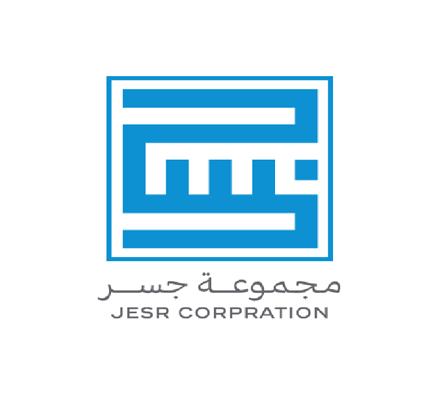Overview
We help create a strong brand identity through designing unique logos and crafting marketing messages that reflect the core values of your brand. Our goal is to ensure your brand stands out in the market and effectively reaches your target audience. This process involves creating a distinctive image that not only sets you apart but also builds trust and loyalty among customers.
What is Branding?
Branding is a strategic process aimed at building a strong and distinctive brand identity, making it easier to communicate effectively with the target audience. This process includes various elements such as logo design, color selection, crafting marketing messages, and defining core values that reflect the brand’s personality and goals. Through branding, companies aim to stand out in the market, foster trust and loyalty among customers, and leave a lasting impression that enhances brand recognition. Branding is not just a visual design; it is a comprehensive experience that creates an emotional connection between customers and the brand, contributing to long-term success.
Goals of Branding
Aim to develop a unique and easily recognizable brand identity. This includes creating logos, colors, and other visual elements that distinguish the brand from competitors.
The primary goal of branding is to ensure the target audience can easily recognize and remember the brand.
Effective branding creates a perception of reliability and professionalism. When a brand consistently delivers on its promises and clearly communicates its values, it builds trust with customers.
Branding helps create an emotional connection between the brand and customers. When customers identify with the brand’s values and identity, they are more likely to become repeat buyers.
A strong brand attracts new customers easily and helps retain existing customers by offering a consistent and positive experience.
Branding serves as a tool to express the mission, vision, and values of the brand, enhancing deeper communication with the audience.
A well-established brand provides a strong foundation for marketing and sales efforts, helping expand the customer base and launch new products or services.
Branding helps a business stand out in a competitive market by highlighting the unique advantages that differentiate the brand from its competitors.
Branding creates emotional connections by evoking feelings and memories that resonate with customers, enhancing loyalty and advocacy for the brand.
Branding must align with the overall business strategy, reflecting the company's goals, vision, and target market in its identity and messaging.
Components of Branding
1. Brand Identity
Includes all visual elements of the brand, such as the logo, color palette, typography, and overall design style that represent the brand's personality.
2. Brand Message
The main message that conveys the mission, values, and vision of the brand. It helps shape how customers and the audience perceive the brand.
3. Brand Voice
The tone and communication style used across various platforms. Whether formal, friendly, or authoritative, the brand's voice impacts how the audience engages with the brand.
4. Brand Positioning
Defines how the brand differentiates itself from competitors and how it is perceived in the market. It’s about positioning the brand to meet the needs of a specific target audience.
5. Brand Story
The narrative that communicates the origins, mission, and purpose of the brand. A compelling story helps create an emotional connection with customers.
6. Brand Values
The core principles that guide the actions, decisions, and culture of the brand. These are the foundation of the brand's reputation and the trust it builds with its audience.
7. Brand Experience
The overall experience a customer has with the brand, from interacting with the product or service to customer support. Positive experiences reinforce loyalty.
8. Brand Loyalty
The emotional attachment and commitment customers feel towards the brand, often leading to repeat purchases and advocacy.
9. Brand Awareness
The extent to which consumers can recognize or recall the brand. The higher the awareness, the greater the sales and market share.
10. Brand Equity
The value added by the brand to the product, influenced by consumer perceptions, brand loyalty, and overall market presence.
Benefits of Branding
A strong brand identity helps your business stand out in a crowded market, making it easy for consumers to recognize.
Effective branding fosters trust and emotional connections with customers, encouraging repeat business and long-term loyalty.
A well-established brand can distinguish your business from competitors, giving you an edge in the market and attracting more customers.
A strong brand can lead to the perception of higher value in the product or service, allowing you to charge premium prices.
Branding ensures consistency across all marketing materials and communications, creating a unified message that reinforces your identity.
Case study

All law firms in one place with the highest quality and best prices

It is a company specialized in the field of operation and maintenance for the government and private sectors

A cafe that offers the finest specialty coffee at the best prices in Saudi Arabia


